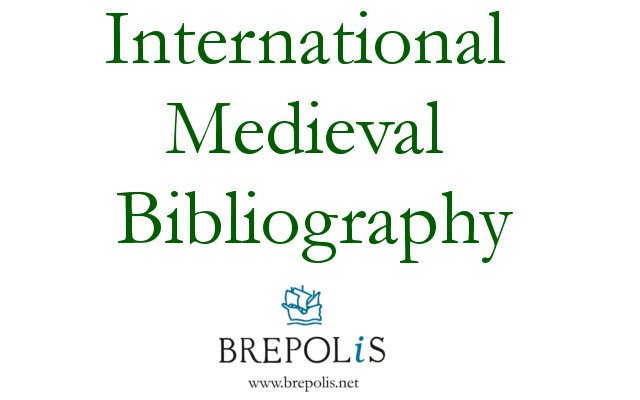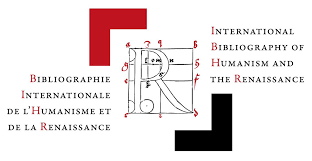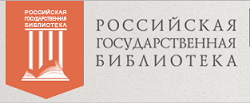The cycle of Words and Sermonizings of great Lent and the weeks preparatory to it, in the collections of mixed and stable composition of the 14th –16 th centuries
DOI:
https://doi.org/10.31168/2073-5731.2023.3-4.10Keywords:
Versions, manuscript copies, variant readings, lexis, great LentAbstract
The article deals with the cycle of Lenten and pre-Lent works of Slavic origin, contained in mixed collections of the 14th–15th centuries: State Historical Museum, collection of Uvarov, No. 589, collection of Chudovskoye No. 20, collection of Khludov No. 30d, Russian State Library, collection of the Trinity-Sergius Lavra No. 9, 11, collection of Rumyantsev No. 406), as well as those in the stable collections of the 15th–16th centuries of Chrysostom, Solemn (Torzhestvennik) and Izmaragd. Of the 10 works included in this cycle, three are analyzed – The Sermon about the Publican and the Pharisee, the Word about the prodigal son and the Word of the first week of Lent. The textual editions of these Words and the links between the texts of the older collections of the 14th–15th centuries and collections of sustainable composition are established. In collections of mixed composition, one recension of the text stands out, which is close to that presented in the Solemnities. The works under consideration underwent the most significant alteration when they were included in Chrysostom. In turn, the Words in the copies of Chrysostom could also be edited both in terms of content and language. The well-known textological and lexical proximity of the Word in the week about the publican and the Pharisee and the Word in the first week of fasting, attributed by Bulgarian scholars to Kliment Ohridsky, with the works of Cyril of Turov are noted. The articles also present the long history of this texts in Old Russian miscellanies.
Received: 30 03.2023.
Revised: 05.06.2023.
Accepted: 12.09.2023.
Citation
Barankova G. S. The cycle of Words and Sermonizings of great Lent and the weeks preparatory to it, in the collections of mixed and stable composition of the 14th – 16th centuries // Slavic Almanac. 2023. No 3–4. P. 210–229 (in Russian). DOI: 10.31168/2073-5731.2023.3-4.10






